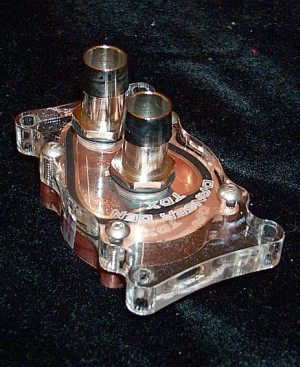Installing Windows XP on your PC is done by a certain procedure. First you backup your data, passwords and drivers, followed by partitioning your hard disk and setup of Windows XP. When Windows XP has been installed on your PC, you can start making changes to the different settings and optimize Windows XP. Each step in this installing and optimizing procedure is described on this page and the page Optimize Windows XP computer (summary). This page describes the first part about installing of Windows XP and gives you the hyperlinks to the concerned pages (each will open in a new window), similar to the icons on the left of each page.
Saving personal data, passwords and drivers
This page describes how to safe all your personal data (My Documents, My Pictures, My Music, Downloads, E-mail, Favorites, Address book,...), recover passwords (internet connection, e-mail, FTP, MSN/Live Messenger, visited websites) and safe current hardware drivers. All the tools and information you need to know about before you reinstall your Windows XP!
Creating boot disk (bootable floppy disk)
Actually not needed for installing Windows XP, but a boot disk can be useful (for partitioning purposes). Especially if you would like to create a free system image boot disk, you also need a MS-DOS boot disk.
Creating bootable CD
If your Windows XP doesn't boot anymore, a bootable CD-ROM can be very useful for you. Here you read about different bootable CD's, which can be very useful (saving your files from NTFS partitions, cracking administrator password, ...)! Some of them are must haves!
Partitioning hard disk (primary and extended partitions)
To be able to create a backup of your system, I advise to use multiple partitions: C for Windows, D for your data and E for creating a system backup. Separate your Windows and personal data, which makes it a peace of cake to recover your Windows XP with a system image. Here you read more about creating partitions and how to manage them.
Formatting hard disk/partitions (FAT32/NTFS)
After you have created new partitions, you need to format them. Actually, within Windows XP this is done automatically during setup.
Creating a multiboot/dualboot system
Information you need to know to create a multiboot system.
Setup: installing Windows on your hard disk
Running the Windows XP setup: what to do and what not to do during setup.
Installing hardware drivers
After you have setup your Windows XP, you need to install the hardware drivers. If you don't have them (anymore), you can download them from the internet.
Internet connection settings: DSL/Cable/56K
This page describes the realisation and optimization of an internet DSL/Cable/56K internet connection.
Updating Windows: critical and optional updates
One of the first things to do, is updating Windows to fix critical Windows problems.
Windows XP performance settings (part I)
Now Windows (including the updates) is installed, it's time to modify the Windows settings to get a more user friendly system. The first part is about advanced system settings, (disabling) Windows Messenger, burning a CD-ROM and changing the search function.
Windows XP performance settings (part II)
Now Windows (including the updates) is installed, it's time to modify the Windows settings to get a more user friendly system. The second part is about Taskbar/Start menu, Windows Explorer settings, hibernation, recycle bin and keyboard settings, task scheduler, sounds and audio, windows software and internet options.
E-mail settings Outlook Express
This page describes the e-mail settings for Outlook Express.
E-mail settings Outlook
This page describes the e-mail settings for Outlook.
Start menu and Quick Launch toolbar
Information about tweaking the Start menu and the Quick Launch toolbar for better navigation.
Desktop properties and screen resolution
Changing your desktop properties and screen settings.
Creating multiple user accounts






